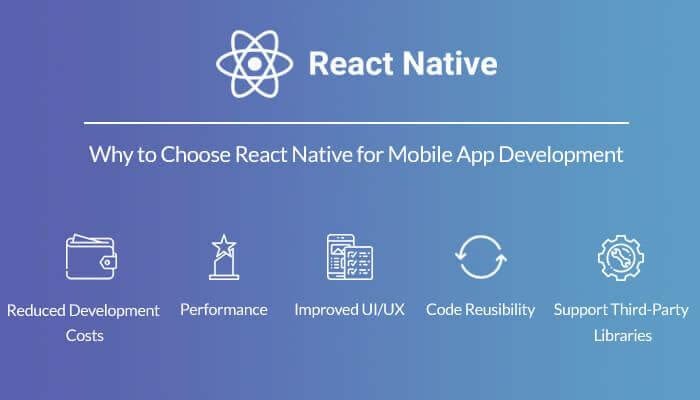

You’ll see the red exclamation mark under the General tab as shown. Select the top level node in your project and select the sportsapp in your targets. It’s pretty likely the app will not build because of this: Fire up XCode and navigate to the ~/projects/sports-app/ios folder and open the xcodeproj. This process seemed a lot simpler than Android Studio. The -no-snapshot option is optional but based on previous pain where the emulator or app would misbehave and all too many times clearing the snapshot and/or cold booting were the solutions, so I simply just do that every time. I also specified a DNS address because the emulator wasn’t picking up the DNS details from my DHCP server. Replace the Pixel_API_26 with the name in your emulator details. For this, I’ve created a quick command.Įmulator -avd Pixel_API_26 -dns-server 8.8.8.8 -verbose -no-snapshot This is different from iOS where the emulator is started for you. One of the downsides of Android is the emulator must be running when you start the application or it will fail to run. Please note the Name with underscores and all. This is done by clicking the down arrow at the far right of your emulator and selecting View Details. After you create your virtual device, have a look at the details. You may have to download that version if you don’t have it. Navigate to Tools->AVD Manager.įor my purposes, I set up the Pixel 1 (the last one in the list). The emulator setup is what we’re really after though. If not, see my sympathy section at the end of this article. I usually perform the updates it suggests. You’ll likely be prompted numerous times for things such as this: Building and Running in Android Studioįire up Android Studio and navigate to the android folder within the project. Respective project files are located within those folders. The eject process has created two new directories off of the app root aptly named ios and android. The installations will probably take about an hour of your time. For Android, we’re going to use Android Studio. The hard part is getting the native development environments up and running. Running the eject command was the easy part. It will crank away for a couple of minutes and you’re back at a command prompt. For the rest of the questions, I accepted the defaults. The second question, “What should your app appear as on a user’s home screen”, I typed in Sports App. You’ll be asked a few questions, below are my answers.


 0 kommentar(er)
0 kommentar(er)
